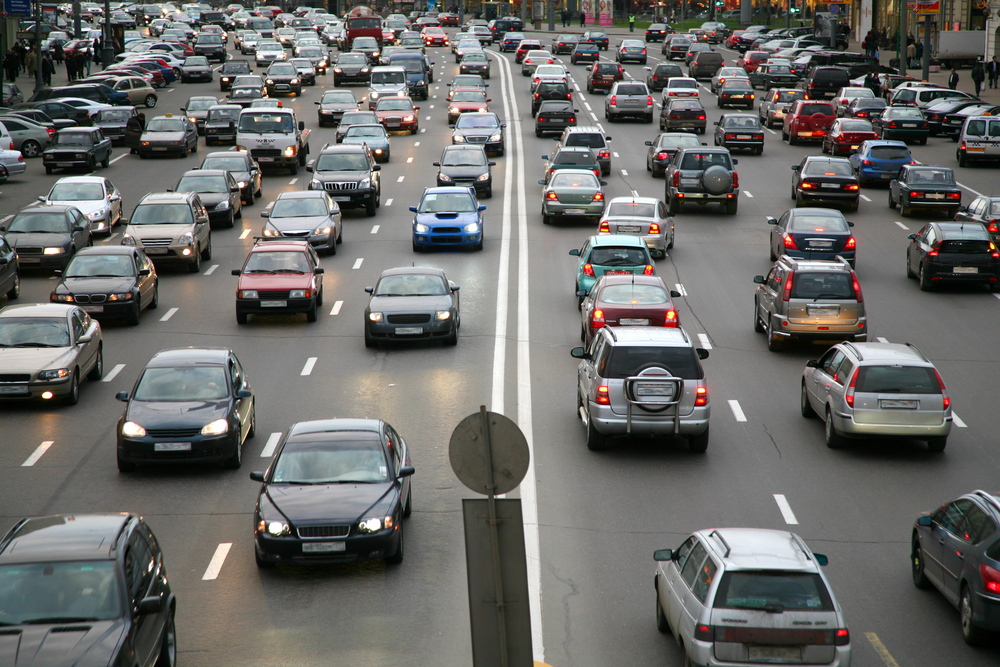Household Bills
New fees for driving in Birmingham from today

Guest Author:
Emma LunnDrivers of high-polluting cars will now pay £8 to travel into the centre of Birmingham, with the launch of the city’s Clean Air Zone (CAZ).
Birmingham’s CAZ is the first clean air zone outside London and will see older vehicles that don’t meet emissions standards charged for driving within the city’s ring road.
Private cars, as well as taxis and vans, which travel into the centre of Birmingham will face a daily charge of £8. Buses, coaches and HGVs will be charged £50 a day. There are temporary exemptions for commercial and community vehicles, and some workers and residents. Drivers who fail to pay the fee face a £120 fine.
Clean Air Zones aim to address all sources of pollution, including nitrogen dioxide and reduce public exposure by using a range of measures tailored to a specific location.
Introduction of the Birmingham scheme was delayed due to the coronavirus pandemic and has proved controversial. Critics fear it will hit businesses struggling to recover from lockdown, as well as disproportionately affect lower earners who can’t afford to upgrade their vehicles. The AA said it is “a scheme with good intentions but bad flaws”.
Bath introduced its CAZ in March but restrictions have been applied to lorries, vans, buses and taxis – with cars excluded for now. The Ultra Low Emission Zone (ULEZ) in London operates alongside the Congestion Charge, with drivers of polluting cars charged £12.50 a day.

Wellness and wellbeing holidays: Travel insurance is essential for your peace of mind
Out of the pandemic lockdowns, there’s a greater emphasis on wellbeing and wellness, with
Sponsored by Post Office
Edmund King, the AA’s president, said: “Poor air quality is a threat that the majority of drivers agree needs to be addressed and reduced; in due course electric vehicles will largely eradicate those emissions. However, the car CAZs in Bristol and Birmingham and the extended ULEZ in London are very blunt tools that create a tax burden for low-income families and workers.
“These drivers are least able to afford to replace the vehicles they depend on for work, often night shifts, and sometimes emergencies such as going to hospital or health care centres. They are also the ones least able to pay the fines. Studies have indicated that approximately 10% of ‘gross polluters’, that tend to be older lorries, buses or badly serviced cars, cause 50% of the problem. Rather than hitting thousands of car drivers it would be more effective to target the gross polluters.”
The AA points to other cities which have adopted different approaches such as initially targeting bigger polluters such as lorries, buses, vans and taxis – with the option to include cars if the first step fails to reduce pollution levels enough.
Other cities, such as Cambridge, have expanded ‘park and ride’ services to reduce the number of inner-city car journey into bus journeys.